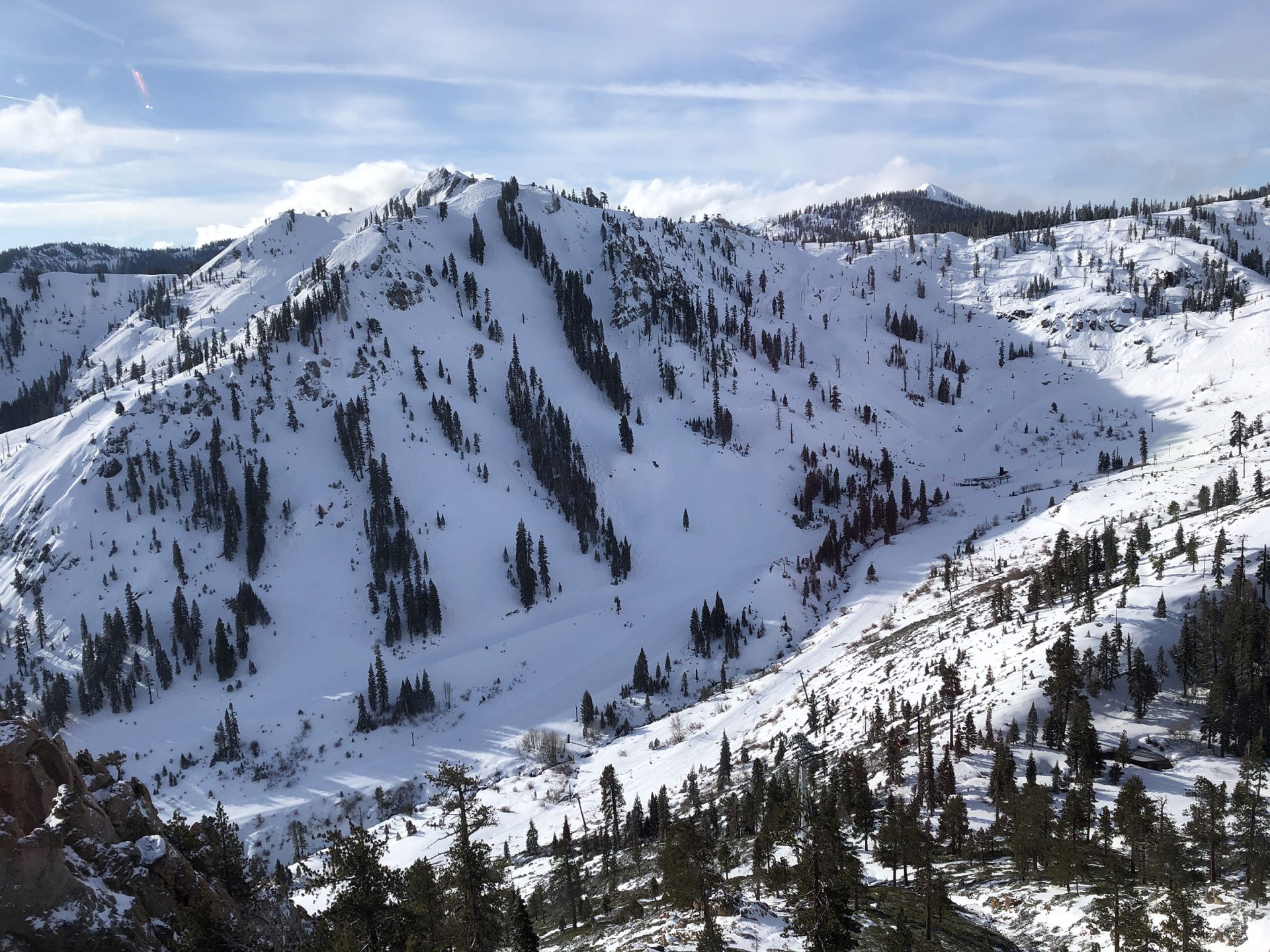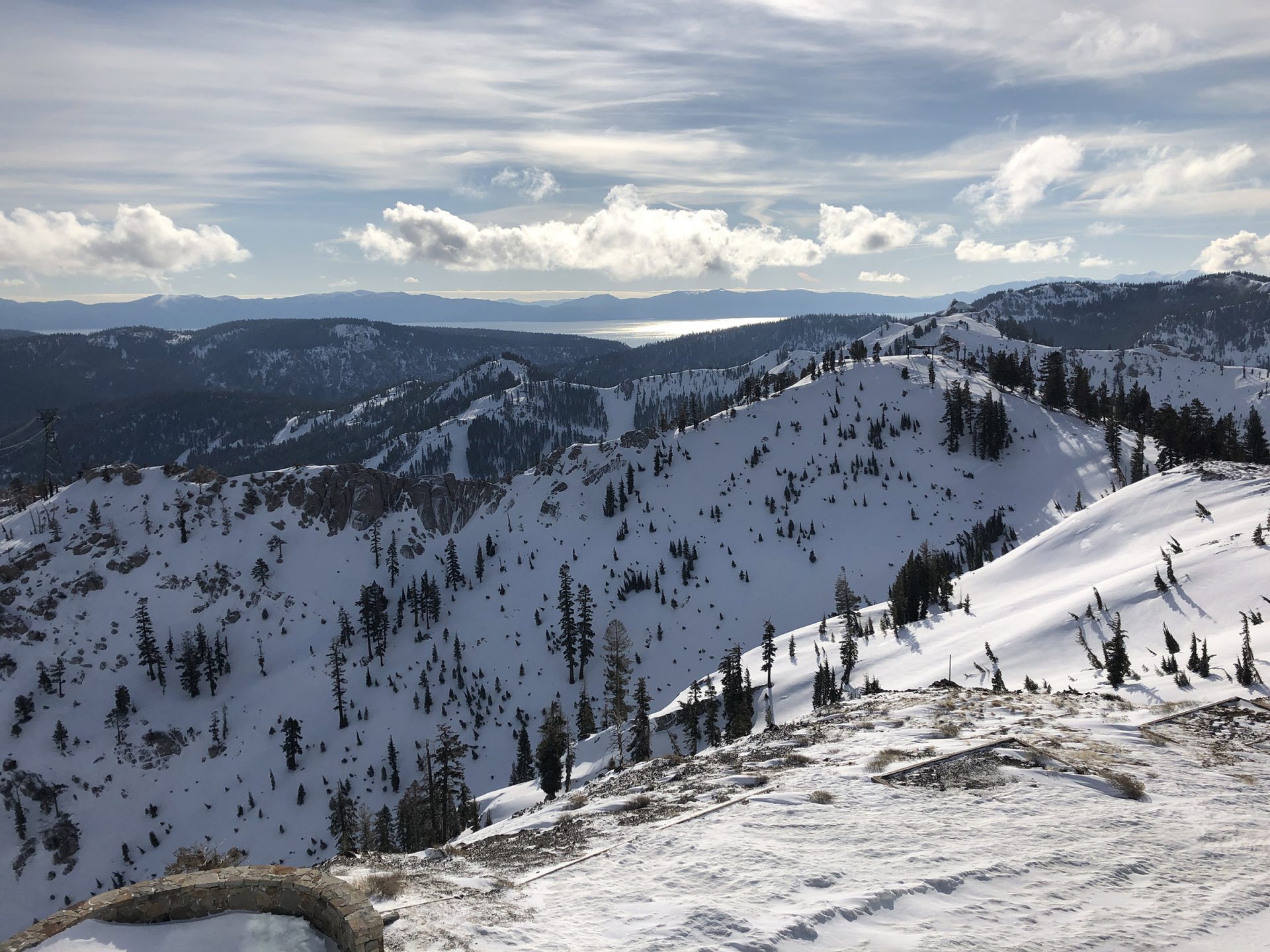On December 31, 2019, the World Health Organization (WHO) learned from media reports of a “pneumonia of unknown cause” in Wuhan, a city of 11 million in Central China’s Hubei Province.
I had read news about the mystery illness. It caused a brief pang of concern, but I figured it wouldn’t become a problem. A co-worker who traveled to Asia in mid-January told us about the new safety measures at the airports there. All the other new viruses that emerged in my lifetime either fizzled out or we learned to mitigate the risks and live with them. Why worry?
On January 30, with about 8,000 confirmed cases worldwide, the WHO declared the novel coronavirus outbreak (2019-nCoV) a Public Health Emergency of International Concern.
Coronavirus Disease 2019, or COVID-19, a respiratory infection caused by the SARS-CoV-2 virus, was well on its way to becoming a global pandemic.
I never considered not going to Reno, Nevada. I was planning to attend a concert in Reno on Saturday night and ski at Squaw Valley on Sunday. The United States had about 200 confirmed cases of COVID-19 on March 5, the day before I left. China, Iran, Italy, and South Korea were the far-away hotspots for the outbreak then.
Upon my arrival in Reno after the long drive across Nevada, I stopped at a Walmart to stock up on some food and supplies. All the hand sanitizer was gone. Most of the liquid hand soap was gone. Curiously, bars of shower soap were still fully stocked. Hoarders were apparently still concerned about compiling a functionally appropriate hoard at that stage in the impending pandemic.
I ate dinner at a Texas Roadhouse restaurant across the street from the Walmart. I watched basketball games on the TVs in the crowded bar area.
The Grand Sierra Resort had placed hand sanitizer stations throughout the casino floor, but little else was different. The dance club, slots and table games, and buffet and restaurants were all crowded. And the concert was crowded.
Walking through a casino at six a.m. wearing ski clothes and my big ski boot backpack was weird. The only thing that would’ve made it weirder was if I was also lugging my skis through the casino, but I had left them in the car.
The drive to Squaw Valley from Reno was scenic and pleasant. It had snowed in the mountains overnight, but the sky was clear in the morning.
After I purchased my lift ticket, I wandered around the base area trying to find lockers to store my stuff. While I was walking back toward the ticket office to ask someone, again, where exactly the lockers were, a man walked past me who looked like Jonny Moseley, an Olympic gold medalist in moguls and one of my skiing heroes.
I did a double-take and turned around. I almost yelled out, “Jonny,” but I decided that would have been rude. I was convinced it was him. I couldn’t think of a more quintessential introduction to Squaw Valley than running into Jonny Moseley on his way to the KT-22 lift. After all, he has a trail named after him there.
KT-22 is arguably Squaw’s most famous lift and terrain area. Most of the terrain is rated expert. It has been a proving ground for some of the world’s best skiers, including Jonny Moseley, Scot Schmidt, Cody Townsend, and Shane McConkey. But I was going to save that for later, after I warmed up a bit. I decided to board the tram.

Despite the new snow, the lift lines weren’t long. It had been a bad winter for snowfall at Squaw. The south-facing slopes near the base were almost completely devoid of snow.
The wind yesterday had so badly affected the snow in some areas that they closed them because it had turned the snow to boilerplate ice. That didn’t sound promising. The tram attendant, however, gave us a clinic in where to find the good snow. Hike up Granite Chief, she said, but I wasn’t comfortable committing to hike-to terrain by myself at a ski area I had never skied before.
Squaw’s tram is nothing like Snowbird’s. Snowbird’s tram brings you to the top of the resort. It provides access to almost all of Snowbird’s terrain. Squaw’s tram brings you to what amounts to a separate base area called High Camp that accesses some of the easiest skiing at the resort. It was empty there. But the view of Lake Tahoe from High Camp was worth the visit.

I warmed up with a couple of buttery smooth runs on powder-covered groomed trails. The snow at Squaw Valley in the Sierra Nevada was much different than the snow that falls on Utah’s Wasatch Range. The Sierra snow was thicker, with more water content. None of this was surprising. I had read all about Sierra snow conditions in ski magazines. But I was impressed. It was different but still good.
After a somewhat disastrous run down Main Backside from the Emigrant lift, I made my way to Siberia Bowl. I had missed fresh tracks, but I was fine with that. The locals deserve not to have their fresh tracks trampled by a tourist. The snow was tracked but still good when I arrived.
Next, I skied a run in Chicken Bowl, adjacent to Siberia Bowl, via the Headwall Express lift. That was not ideal. I didn’t know how to get to the good stuff I saw from the lift.
I skied down to the base to take a break. KT-22 was next.
I considered skiing Jonny Moseley’s eponymous run, but G.S. Bowl looked good, so I dropped in there. Immediately, I knew I was in trouble. It was not good. Moseley’s would’ve been a better choice because of its shaded northwest aspect. The sun had impacted the snow on G.S. Bowl to the point that it was sticky like contact cement. I had never encountered snow like that before. I found a few areas where the snow hadn’t been so affected by the sun, but those areas were few and far between.
That run was my worst of the ski season.
I took another break before riding the Gold Coast Funitel with people from three continents to the mid-mountain. I thought about the coronavirus. If they were out here skiing Squaw Valley, I figured, they must be feeling well. I concluded that none of the other passengers had COVID-19.
There were still a couple of hours left until the lifts closed when I arrived back at the base area, but I decided I was done. My legs were tired. I had been charging pretty hard all day, and I just wanted to get back to Reno, take a shower, stuff my face at the buffet, and relax.
If I had known this would be my last ski day of the season, I would’ve skied until the lifts stopped running.
Epilogue
On the way back to Salt Lake City the next day, I stopped in West Wendover, Nevada, for gas. I checked Instagram and noticed that Johnny Moseley had posted a video of himself skiing at Squaw Valley yesterday. The two-toned purple Marmot jacket and purple pants were the giveaway. Yup, it was him.
On March 11, news related to the pandemic came rushing in like a dam had failed. The WHO officially declared COVID-19 a global pandemic. The NBA suspended its season after Rudy Gobert of the Utah Jazz tested positive for COVID-19 before a game that night.
The dominoes continued to fall. The NHL, NCAA, and Major League Baseball suspended their seasons on March 12. On March 14, Snowbird closed its tram, which is typically packed with 125 people during the ski season. The next day, the CDC issued guidelines to cancel or postpone in-person gatherings of 50 or more people. Alta, Snowbird, Vail Resorts, Alterra Mountain Company, and others closed their ski areas.
And on it went until many non-essential services were either shut down or modified to follow the CDC’s guidelines for slowing the spread of the virus.
The world had changed.
On March 18, something woke me up, and it wasn’t my alarm clock. The bed was shaking. I felt like I was riding waves while lying on a pool raft. After a second, I realized it was an earthquake—the biggest one I had ever experienced.
Welcome to the new 2020.
The earthquake closed Salt Lake City International Airport. Travel to downtown was discouraged while workers assessed and fixed damage to buildings and infrastructure. In a macabre twist, the state health department’s testing lab and COVID-19 hotline were also shut down by the earthquake.
I told my direct report at work that he could continue working from home full-time, despite the part-time work-from-home schedule we had decided on just yesterday because of the pandemic. With the earthquake and the rapidly deteriorating public health situation, all my co-workers and I knew we weren’t going back to the office any time soon.
March 8, 2020, was my last ski day of the 2019–2020 ski season, and March 17, 2020, was my last day working from the office. I have no idea what’s going to happen or how long this will last, but it seems like our lives and livelihoods depend on how well we work together to limit the impact of this highly transmissible virus. Until then, skiing can wait.